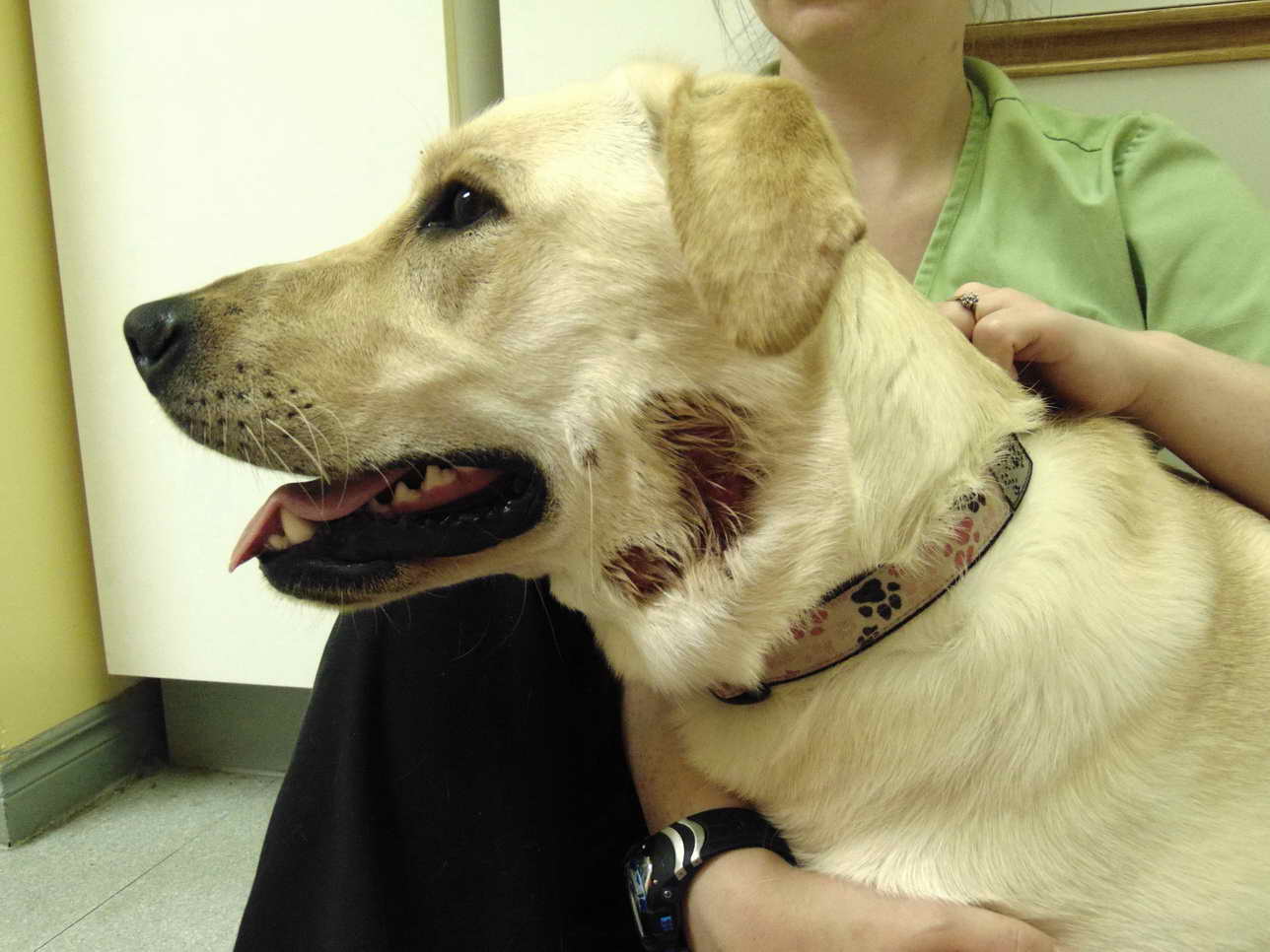
How to Treat Labrador Hot Spots
There are many ways to treat your Labrador’s hot spots. In most cases, it’s just a matter of using topical medications to ease the pain and irritation. But in some cases, a deeper infection may require more intensive therapy. Regardless, it’s better to treat hot spots promptly than wait for the problem to go away on its own. A vet can recommend various treatments for your dog and will be able to tell you which ones will work best for your pet.
The first sign of hot spots is a matted patch of hair or fur. Hot spots are typically painful to the touch and are often moist. A clear discharge may be shed from the area if it’s inflamed. Over-grooming is another symptom of hot spots, as your dog licks himself to relieve the pain. However, your dog’s pain and itching can also lead to other symptoms such as fever and lethargy.
While hot spots are common in dogs, they can be hard to detect in your pet. Labrador hot spots can cause a dog to scratch itself. Hot spots may also be caused by self-inflicted trauma. The resulting sore may look worse than it is, and topical treatments can help resolve them. Even if your dog doesn’t have a fever, hot spots are usually not contagious to humans and can be easily treated at home.
While hot spots aren’t caused by bacteria on the dog’s skin, they are often caused by allergies.
Almost any stimulus that causes your dog to scratch excessively at one location may cause a hot spot. If your dog is prone to itching, it is a good idea to prevent the condition by washing and drying it frequently. It will help you to avoid these hot spots while your dog is healthy.
Treatment for hot spots is dependent on the severity of the lesion and the underlying disease. The vet will need to check your dog to determine whether it has recovered from the hot spot, or if new areas are developing. If the problem has spread to other areas of your dog’s body, your vet will likely recommend a different course of treatment. If the hot spots are not healed, you’ll want to schedule an appointment with a veterinarian as soon as possible.
In some cases, your veterinarian may recommend a topical antibiotic to treat hot spots. Topical antibiotics can be given to your dog to help fight bacterial infections. However, if the hot spots are caused by an allergy, topical steroids and anti-itch medications can help alleviate the symptoms and prevent recurring breakouts. It’s also possible to apply an Elizabethan collar to prevent your dog from scratching excessively. Typically, hot spots will clear up on their own within three to seven days.
Hydrogen peroxide is one home remedy that is not recommended for your dog.
The smell of these home remedies can irritate healthy tissue and make your dog less likely to accept treatment. A safe and effective way to treat hot spots in dogs is to use Banixx. The best home remedy for hot spots in dogs is odorless and won’t stress your dog’s immune system. It also works great at reducing inflammation and itching and promotes quick healing of skin tissues.
Antibiotic treatment is another effective method for treating hot spots in Labradors. Bacterial infection can cause itching, scratching, and biting. The Banixx Pet Care Hot Spot Spray soothes inflamed skin, but is not recommended for dogs with allergies. An e-collar will prevent your dog from scratching the hot spots. It is also safe around the eyes and mouth.
Pyotraumatic dermatitis is a common condition for Labradors. This condition occurs when the normal bacteria in the dog’s skin takes over and infects the skin. A pus-filled crust forms over the hot spot and becomes infected. During this process, your dog’s hair may fall out. While you’re caring for your pet, make sure to watch your dog closely for any recurrence.
Leave a Reply